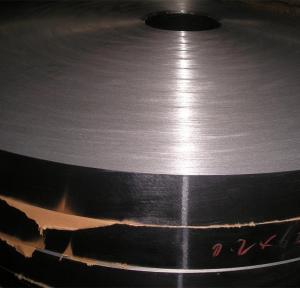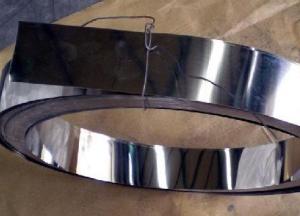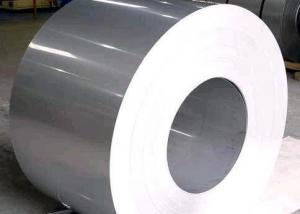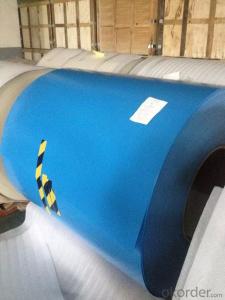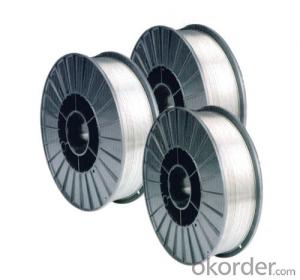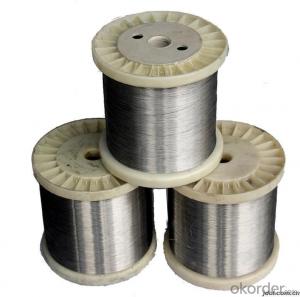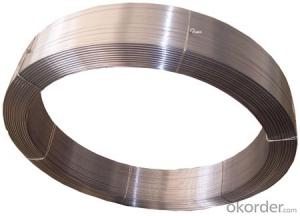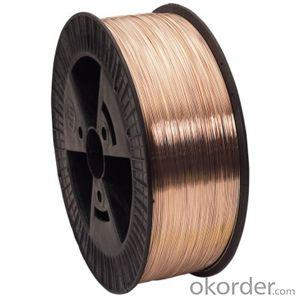Stainless Steel Trim Strips
Stainless Steel Trim Strips Related Searches
Best Paint For Stainless Steel Blanket Insulation For Steel Buildings Primer For Galvanized Steel Foam Filter For Stainless Steel H S Code For Stainless Steel Surface Grinding Wheels For Stainless Steel Surface Grinding Wheels For Hardened Steel Hole Saw For Stainless Steel Paint For Stainless Steel Stainless Steel For BbqHot Searches
Steel Mesh Panels For Sale Price For Stainless Steel Scrap Scrap Price For Stainless Steel Price For Stainless Steel Stainless Steel Tank For Sale Stainless Steel Sheets For Sale Cheap High Tea Sets For Sale Stainless Steel Tanks For Sale Stainless Steel For Sale High Density Fiberboard For Sale Solar Hot Water Collectors For Sale Scaffolding For Sale In Uae Scaffolding For Sale In Ireland Scaffolding For Sale In Houston Type Of Inverter For Solar Price Of Shipping Containers For Sale Types Of Inverter For Solar Stock Price For Aluminum Used Solar Inverter For Sale Steel Mesh Panels For SaleStainless Steel Trim Strips Supplier & Manufacturer from China
Okorder.com is a professional Stainless Steel Trim Strips supplier & manufacturer, offers integrated one-stop services including real-time quoting and online cargo tracking. We are funded by CNBM Group, a Fortune 500 enterprise and the largest Stainless Steel Trim Strips firm in China.Hot Products
FAQ
- There are various wire diameters available for stainless steel wire, ranging from very thin to thick sizes. The specific wire diameters can vary depending on the manufacturer and the intended application. However, some common wire diameters for stainless steel wire include 0.020 inch, 0.032 inch, 0.041 inch, 0.062 inch, 0.080 inch, and 0.125 inch. These diameters are often used in industries such as aerospace, automotive, construction, and manufacturing. It is important to note that the appropriate wire diameter should be chosen based on the specific requirements of the project or application to ensure optimal performance and durability.
- Yes, stainless steel wire is suitable for conveyor belts. It is highly durable, resistant to corrosion, and can withstand high temperatures, making it an ideal material for conveyor belt applications.
- Stainless steel wire resists corrosion due to its high chromium content, which forms a protective layer on the surface when exposed to oxygen. This layer, called chromium oxide, acts as a barrier, preventing the wire from coming into direct contact with corrosive elements in the environment and thus preserving its integrity.
- Set the rabbit with stainless steel, hard silk or soft silk?
- Or with soft steel wire is better, steel rope is divided into steel core and hemp core, soft should be hemp core
- The difference between high gloss wire drawing and stainless steel drawing panel
- Stainless steel wire drawing, stainless steel surface is a treatment effect, like a silk shop on top of the same effect, Baidu pictures can see,
- What is called oil film wiredrawing stainless steel?
- Stainless steel plate element, used in drawing when the material is oily, pulled out of the finished surface is smooth and shiny black, this is oil film brushed stainless steel
- Indeed, springs can be crafted using stainless steel wire. The reason behind the popularity of stainless steel in spring production lies in its remarkable resistance to corrosion, impressive tensile strength, and commendable elasticity. These unique characteristics render stainless steel springs suitable for diverse fields, encompassing the automotive, aerospace, medical, and industrial sectors. Moreover, their durability and longevity are widely acknowledged, thereby establishing stainless steel springs as a dependable option for a multitude of spring applications.

























